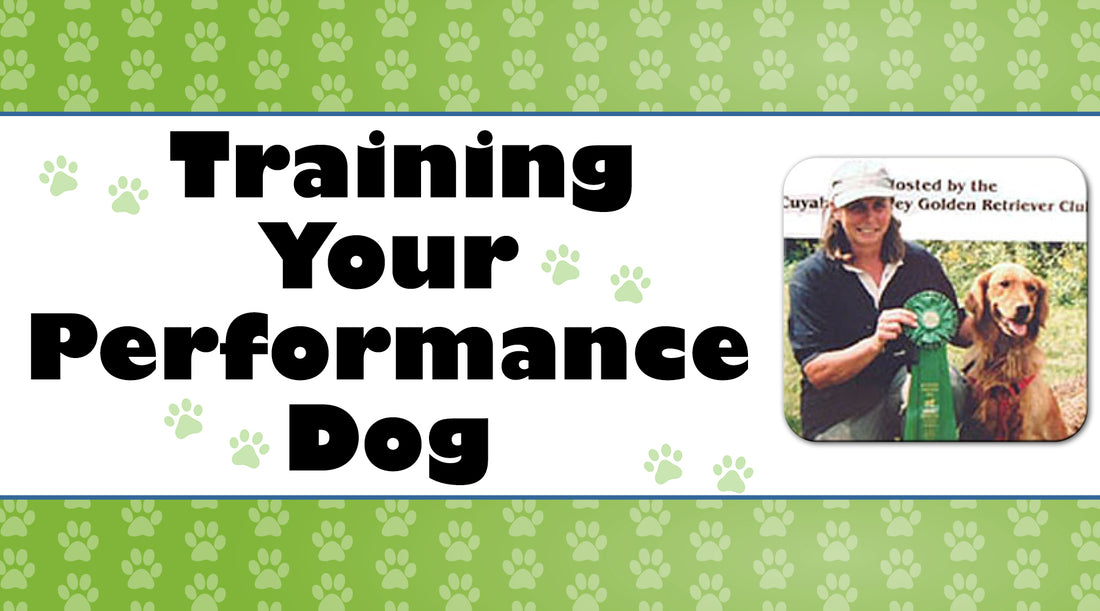The Tracking Dog (TD) test and Tracking Dog Urban test (TDU) are both considered to be the first level of tracking dog tests. If you pass the TD or the TDU test, you may then enter the more advanced tracking tests – a TDX (Tracking Dog Excellent) or VST (Variable Surface Tracking Test). If you pass a TD or TDU, a TDX, and a VST, you and your dog will have earned the title of Champion Tracker (CT), a very prestigious and well-respected title.
In order to enter a TD or TDU test, you and your dog must get certified by an AKC Tracking Judge who will plot a regulation track that you and your dog must complete – this shows that you and your dog have the skills necessary to pass a test. Once certified, you receive 4 certificates from the judge which are good for one year – when you enter a TD or TDU, you must enclose one of your certificates.
So, how do you decide which test to enter – a TD or TDU? According to AKC, the fundamental features of a TD test are the dog’s ability to follow a track laid by a person under a variety of conditions on moderate terrain and to find an article dropped by that person at the end of the track. A track will not cross a body of water or a paved road. Tracks may be plotted that cross sidewalks and bike and jogging paths. These paths should not be more than approximately 6 feet in width.
The fundamental features of the TDU test are the dog’s ability to follow a track laid by a person under a variety of scenting conditions in an urban environment and to find the articles (2) dropped by that person. Tracks may be laid in the vicinity of buildings and other structures such as fences, breezeways, ramps, stairs, bridges, shelters, roofed parking garages, and courtyards. The track will not cross a body of water.
Much of the decision as to which tracking test to enter might be based upon the ease of practice. Most TDU practice can be done in school yards, parks, business parks, college campuses, and shopping areas.
TD tests require fairly uniform grassy fields where you can plot 50, 75, and 100 yard legs to practice on.
So, take a look at what types of situations are available to you. A TD test will have its own kind of distractions - critters, farm animals, hikers, gardeners, birds, and other wildlife. A TDU has different types of distractions – pedestrians, bicycles, motor vehicles, traffic sounds, buildings, squirrels, chipmunks, pigeons, other birds, children playing, and occasional trash.
If your dog is used to walking politely on lead in an urban environment, you have a head start on TDU work. For TD and TDU, your dog must understand “leave it” and prey drive must be under control.
I like to teach my dogs both types of tracking; that way I can put out practice mini tracks almost wherever I go. Tracking is a very portable sport – the gear is simple, and since many public places allow dogs on lead, you can practice tracking almost wherever your travels take you.
If you like tracking and want to work towards a title, try to fit some tracking into your daily routines. Consistent practice a few times a week can really make a big difference in achieving your goals.
Happy tracking!
NOTE: On Track Agility Club of Maine is holding a TDU test on Sunday, August 27, 2023 in Augusta, ME. Call Kathy at 207-691-2332 for more information.
Carolyn Fuhrer has earned over 130 AKC titles with her Golden Retrievers, including 4 Champion Tracker titles. Carolyn is the owner of North Star Dog Training School in Somerville, Maine. She has been teaching people to understand their dogs for over 30 years. She is also an AKC Tracking Judge. You can contact her with questions, suggestions, and ideas for her column by e-mailing carolyn@northstardogschool.com.

